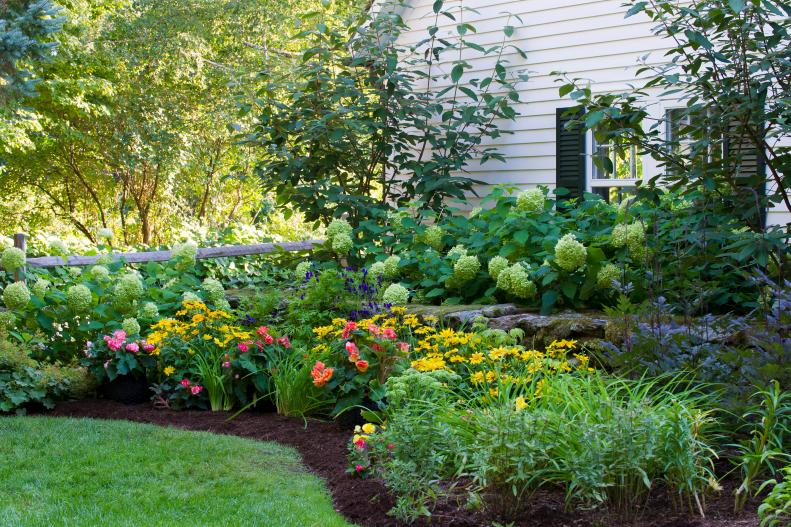1 / 25
Photo: Preen.com
Learn How to Grow the Most Popular Flowers
Roses, sunflowers, hydrangeas and daffodils are some of the most popular flowers in American gardens. Some have a high-maintenance reputation (roses, we're talking to you). Others sail along with little care.
Grow annuals, perennials, shrubs and ground covers with different bloom times, and you'll have a colorful show from spring into winter. Gardens are magical, but there's no wizardry required. Just visit the USDA Gardening Zone Map to find the right plants for your climate, and we'll tell you how to grow the most popular flowers.

.-Battle-on-the-Beach-courtesy-of-HGTV.-.jpg.rend.hgtvcom.196.196.suffix/1714761529029.jpeg)







